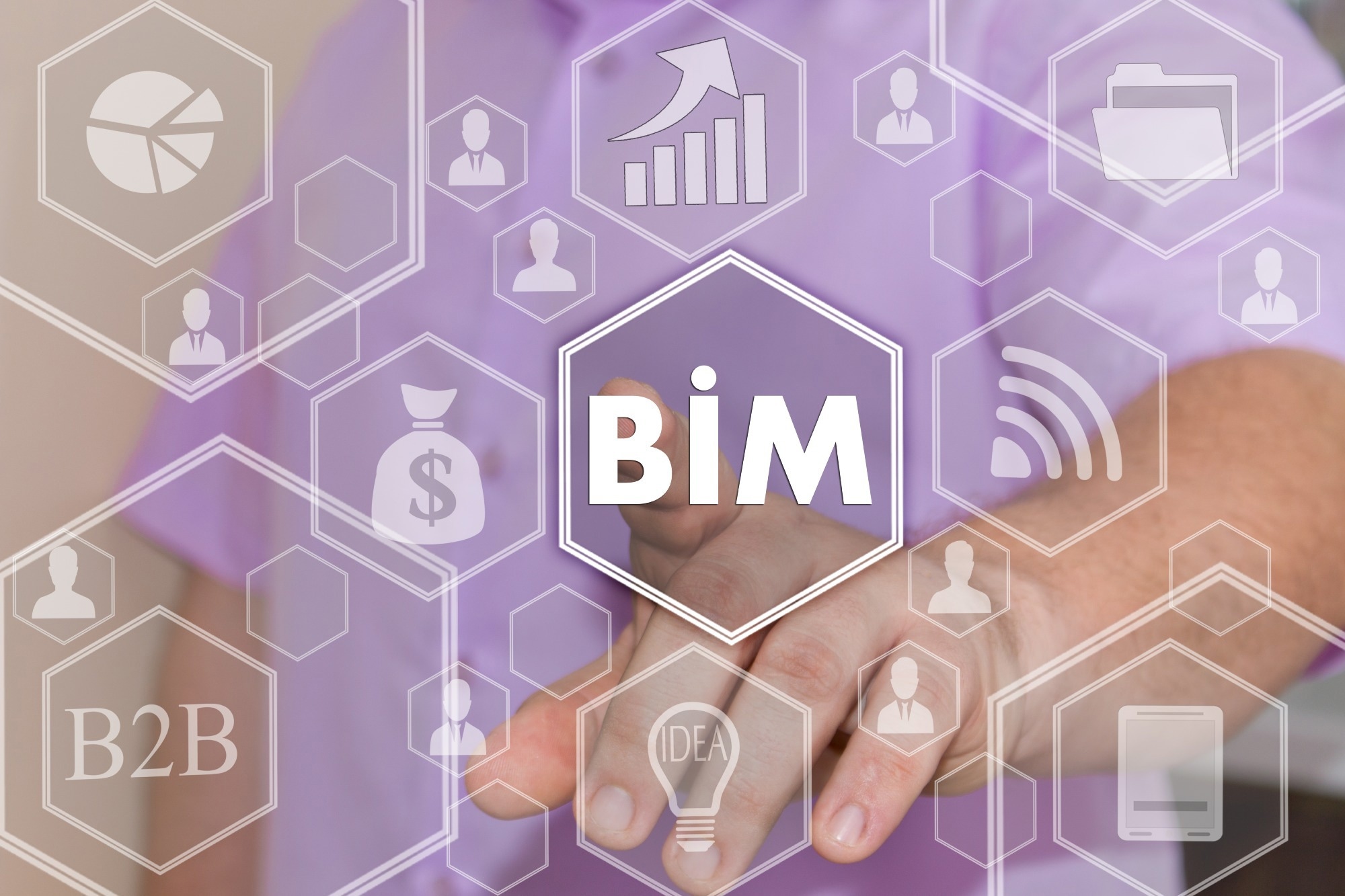 By Nidhi DhullReviewed by Susha Cheriyedath, M.Sc.Dec 18 2024
By Nidhi DhullReviewed by Susha Cheriyedath, M.Sc.Dec 18 2024A recent study published in Buildings introduced an innovative method that combines Life Cycle Assessment (LCA) and the Technique for Order Preference by Similarity to Ideal Solution (TOPSIS) to evaluate material waste and environmental impacts in construction projects. By integrating these two complementary approaches, the study aims to optimize material efficiency while minimizing environmental footprints in the construction sector.

Study: LCA-TOPSIS Integration for Minimizing Material Waste in the Construction Sector: A BIM-Based Decision-Making. Image Credit: Stanislau Valynkin/Shutterstock.com
Background
LCA is a critical tool for sustainable construction management. It evaluates the environmental impacts of materials throughout their entire life cycle, from production to disposal, enabling environmentally conscious and efficient project management.
Meanwhile, TOPSIS, a multi-criteria decision-making (MCDM) method, allows for balanced consideration of environmental, economic, and technical criteria in material selection. By measuring the distance of alternatives from the ideal solution, TOPSIS helps decision-makers identify optimal material choices.
Together, these methods offer a powerful and complementary framework:
- LCA provides a comprehensive assessment of materials' environmental impacts.
- TOPSIS balances these impacts with cost-effectiveness and other criteria to support strategic decision-making.
This study proposes integrating LCA and TOPSIS to better assess and reduce the environmental impacts of material waste during construction.
Methods
The research was conducted on a residential construction project in Turkey, monitored from May 2022 to April 2024. The study used building information modeling (BIM) integrated with Autodesk Tally 2023 to track materials and evaluate their environmental impacts.
The LCA process followed four stages:
- Goal and Scope Definition: Focused on assessing material waste and its environmental impacts over a 50-year building lifespan.
- Inventory Analysis: Data on material types and quantities were collected using BIM and quantified with Autodesk Tally.
- Impact Assessment: Evaluated environmental impacts such as global warming potential (GWP), acidification potential, and energy demand.
- Interpretation: Identified high-impact materials to guide strategies for reducing waste and improving sustainability.
TOPSIS Integration
The TOPSIS method was applied to prioritize materials based on their environmental impacts and waste potential. It calculated the distance of each material from the ideal solution, aiding in strategic material selection.
Results and Discussion
The analysis revealed significant environmental impacts across various material categories used in construction. Concrete materials were the largest contributors, accounting for 58 % to 80 % of the overall environmental impact. Finishing materials, including plaster, paint, ceramic tiles, and stone tiles, followed with a contribution of 13 % to 33 %. Openings and glazing had lower impacts in most categories, except for GWP, where masonry materials were the highest contributors.
Among the materials analyzed, cast-in-place concrete (5000 psi) had the highest environmental impact within the concrete category. Stone tiles, on the other hand, were identified as having the most prominent negative environmental impact within the finishes category.
To address these impacts, two scenarios were developed to optimize material use and reduce waste:
Scenario 1: Reducing Material Waste
The first scenario assigned a 50 % weight to material waste, focusing on reducing project costs and environmental impacts through waste management. Laminated wood emerged as the top material in this scenario, scoring 0.5559 in the TOPSIS analysis. It was followed by cast-in-place concrete (5000 psi) with a score of 0.5026, stone tile at 0.4679, and ceramic tile at 0.4280. Reducing material waste in these categories significantly reduced resource consumption and energy demand, highlighting the importance of waste minimization strategies.
Scenario 2: Prioritizing Global Warming Potential
The second scenario prioritized GWP, assigning it a 40 % weight to align with climate goals. Cast-in-place concrete (5000 psi) received the highest score of 0.7349 in this scenario, underscoring its significant contribution to carbon emissions during production. The findings suggested that replacing concrete with more sustainable alternatives or improving its production process could greatly mitigate environmental impacts and reduce emissions, facilitating more sustainable construction practices.
These results demonstrate the critical role of strategic material selection in reducing environmental impacts. By targeting materials like concrete and finishes with high environmental footprints, significant improvements can be achieved in resource efficiency and sustainability. This integrated approach provides a practical framework for addressing material waste and optimizing environmental performance in construction projects.
Conclusion
Overall, this study examined the impact of material waste during the construction process using LCA and evaluated the role of the TOPSIS MCDM in improving resource efficiency. A detailed comparison of material usage scenarios was performed during the design and construction phases to analyze the impact of these strategies on material efficiency and sustainability.
The findings exhibited that reducing material waste enhances environmental performance and efficient resource utilization. Additionally, the LCA-TOPSIS integration demonstrated that targeted interventions for materials prone to waste can considerably reduce the environmental footprint across the production, use, and disposal stages.
TOPSIS proved to be effective for identifying and prioritizing materials requiring intervention, thus improving resource efficiency and operational performance. Despite the focus on specific material categories and scenarios, the proposed method offers a flexible and adaptable framework applicable to various construction projects for reducing material waste and improving environmental performance.
Journal Reference
Yardimci, Y. & Kurucay, E. (2024). LCA-TOPSIS Integration for Minimizing Material Waste in the Construction Sector: A BIM-Based Decision-Making. Buildings, 14(12), 3919. DOI: 10.3390/buildings14123919, https://www.mdpi.com/2075-5309/14/12/3919
Disclaimer: The views expressed here are those of the author expressed in their private capacity and do not necessarily represent the views of AZoM.com Limited T/A AZoNetwork the owner and operator of this website. This disclaimer forms part of the Terms and conditions of use of this website.